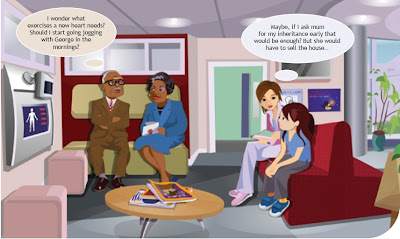The Nature Podcast
The Nature Podcast is released on a weekly basis and is intended as a free audio supplement for the famous journal Nature. I believe that the Nature Podcast is an invaluable resource for time and money-strapped students that wish to keep abreast of any new developments in pretty much every scientific field.
Even though I have a subscription to Nature and try to selectively read every biologically-related article each week, it’s still useful to listen to the podcast, as I find that it simplifies and consolidates the main gist of some pretty complex research.
In fact, the podcast is so good that I often find myself listening to and understanding the basics of research from outside the biological field, such as astrophysics (which is quite interesting incidentally!).
Thus, I believe that listening to the Nature Podcast can help give a broader appreciation of all sciences. This is especially useful at an undergraduate level, where I believe there’s a ‘funneling’ effect of teaching; as you progress through your degree you get a more and more detailed understanding of a certain section of the discipline you’re studying, but as a result, the overall picture of what is going on in the other sciences in general can be lost. Would you agree?
The Nature Podcast makes my learning and inclusion of outside reading easier, and more diverse. I hope that many of you make use of this resource and perhaps consider listening to it on the way into university each week.
Submitted by Heny Mori

